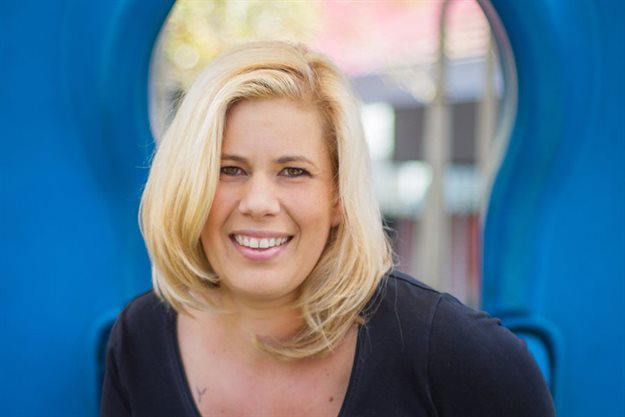
Top stories

Marketing & MediaHoliday entertainment made simpler for DStv subscribers this festive season
MultiChoice 8 hours

ESG & SustainabilityA Christmas restored – How Inmed South Africa’s social employment initiative is changing lives
Inmed South Africa 2 hours



Marketing & Media5 surprising dangers of shopping through social media (and how to spot them before it’s too late)
Sonwabile Wolela, Offernet 6 hours

More news
















